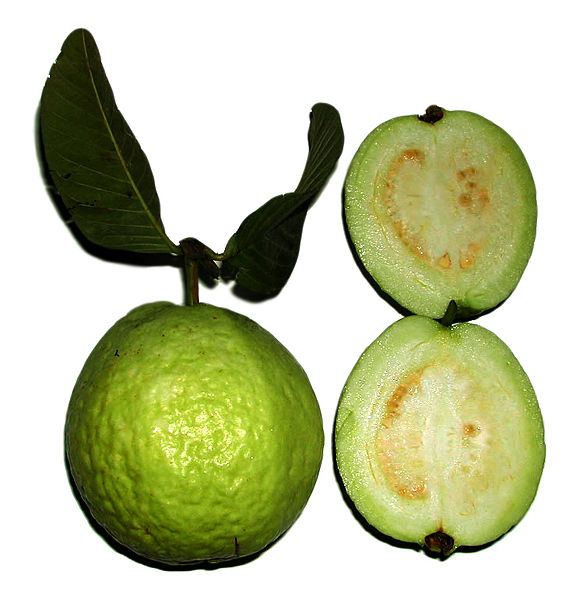Economic importance of Pinus roxburghii

Kingdom: Plantae
Division: Pinophyta
Class: Pinopsida
Order: Pinales
Family: Pinaceae
Genus: Pinus
Species: P. Roxburghii
Common name: Chir
Origin: India
Description: It is a large tree; the bark is red-brown. The leaves are needle-like, in fascicles of three, very slender, distinctly yellowish green. The cones are ovoid conic. The seeds are with a wing, and are wind-dispersed.
Economic Importance:
- Source of an oleoresin which yields turpentine oil. Indian turpentine oil has comparatively low pinene and high careen content and chiefly used as a solvent for paints and varnishes; also used in perfumery industry, in the manufacture of synthetic pine oil, disinfectants, insecticides, and denaturants.
- One of the most important basic raw materials for the synthesis of terpene chemicals used in a variety of industries. It is expectorant, useful in chronic bronchitis and especially recommended for gangrene of lungs. Given as a carminative in flatulent colic and also used to arrest minor haemorrhages in tooth-sockets and nose. Pine oil from the wood, used in paints, varnishes, lacquers, pharmaceuticals, wetting agent in textiles, degreasing agent in leather manufacture, and as a synergist in insecticides.
- Also employed in paper and rubber industries, furniture polishes, floor waxes, shoe creams, metal polishes, and printing inks. Rosin is used principally in paper, soap, cosmetics, paint varnish, rubber, and polish industries; also finds applications in linoleum and roofing cements, fireworks, match compositions, explosives, insecticides, and disinfectants. Rosin on distillation yields spirit and rosin oil, used in varnishes. Rosin oil finds application in printing ink and as an adulterant for boiled linseed, olive, rape, and sperm oils. Young twigs, fresh needles, and cones yield Pine Needle Oil, used in soaps, bath preparations, room sprays, deodorants etc. Exhausted needles converted into pine wool, used for stuffing pillows, cushions and mattresses, also used for packing fruits. Wood used for constructional purposes, cheap joinery and furniture, packing cases, truck and bus bodies, and electric transmission poles. Also used for railway sleepers and for wagons and railway carriages. A suitable raw material for paper- pulp. Seeds eaten. Bark contains tannin.
Image credit: Pinus cone -Paul venter on Wikipedia
One Comment



